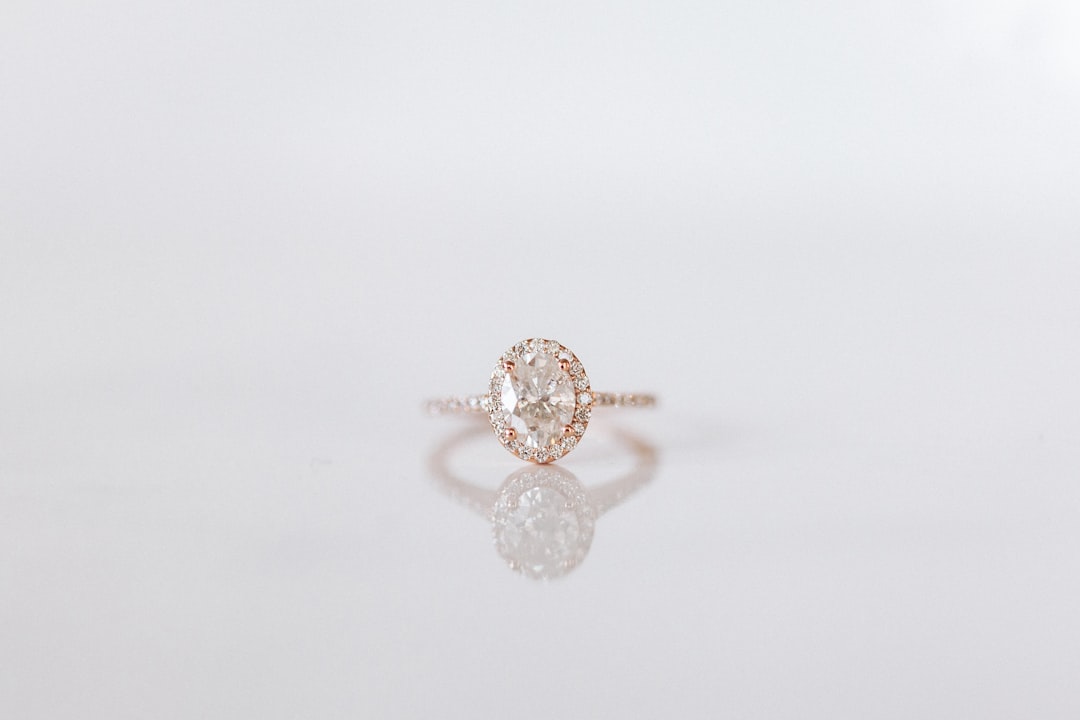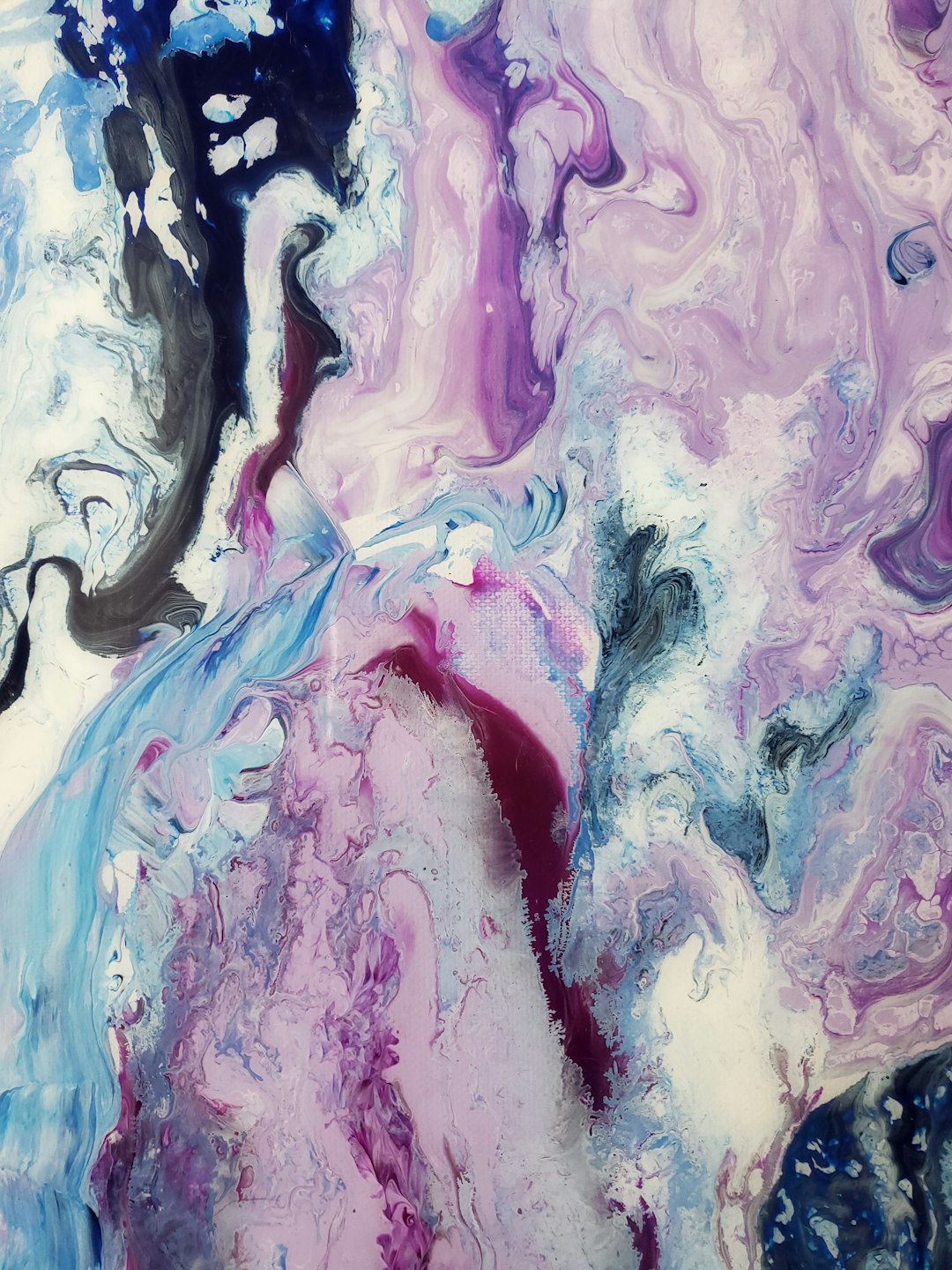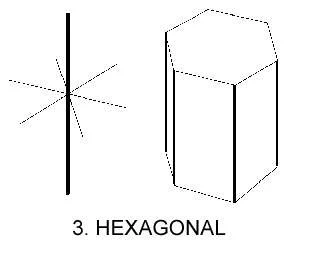Crystal Structure
The crystal structure of a gem material determines how the gemstone absorbs light. Crystal shape may also influence the shape of a finished gemstone: most gemstones are cut to maximize the yield from the rough stone. Familiarization with crystal systems will give you more insight about why gemstones each have unique properties. Most gem materials are formed when a mineral crystallizes deep in the earth. The shape of the crystal is a function of the mineral's chemical formula and the way the atoms are bonded together and arranged in a precise pattern. Generally transparent gemstones have been cut from a crystal. There are seven basic crystal systems:
- Cubic
- Tetragonal
- Orthorhombic
- Monoclinic
- Triclinic
- Hexagonal
- Trigonal
Isometric System (Cubic System)
The isometric system is comprised of three equal length axes that are all at right angles to each other. This system is also called the cubic system. Think of a cube of sugar. Gemstones that crystallize in the cubic system include diamond, garnet, spinel and fluorite.
 |
| Cubic system |


Garnet
Garnet is a group of minerals that have been used since the Bronze Age as gemstones and abrasives. Garnets possess similar physical properties and crystal forms, but differ in chemical composition.

Spinel
Spinel is a magnesium aluminum oxide mineral that occurs as octahedral crystals, flattened crystals, and twins. Spinel is often found in ruby and sapphire deposits.

Fluorite
Fluorite is a halide mineral composed of calcium and fluorine. Fluorite occurs in a variety of colors, including purple, green, yellow, blue, and white. The purple and green colors of fluorite are the most popular for gemstones.
Tetragonal System
The tetragonal system has three axes that all intersect at right angles; but
two are equal in length and the third can be longer or shorter. Zircons crystallize in the tetragonal system.
Hexagonal System
The hexagonal system has four axes; the three axes on the horizontal plane
intersect at 60o angles. The fourth axis intersects the horizontal
plane at right angles. Gem material with the hexagonal crystal shape are easily
identifiable crystals with six-fold symmetry. Gemstone materials that form in
the hexagonal system include: corundum, Beryl, Tourmaline and Quartz .
 |
| Hexagonal System |
Trigonal System
Some
minerals of the hexagonal system form with a three fold symmetry rather than
six; these can be called "trigonal"; but the trigonal system is a
subgroup of the hexagonal system.
Orthorhombic System
The orthorhombic system has all three axes at right angles, but all axes are a
different length. Gemstones that crystallize in orthorhombic crystals include Topaz, Peridot, Andalusite and Chrysoberyl
 |
| Orthorombic System |
Monoclinic System
The monoclinic system has two axes at right angles and one that is not
perpendicular. All axes are different lengths. Gem materials with monoclinic
crystal systems include jadeite,
nephrite, malachite and azurite.
 |
| Monoclinic System |
Triclinic System
The triclinic system has three axes that are different lengths; none of the
axes is at right angles. Gems in the triclinic system include turquoise and plagioclase feldspar (labradorite).
 |
| Triclinic System |
Cryptocrystalline
Some minerals form in clusters of microscopic crystals; these gemstones are
called "cryptocrystalline". Cryptocrystalline materials will usually
be translucent to opaque rather than transparent. Chalcedony is a cryptocrystalline
form of quartz; varieties of chalcedony
include agates, chrysoprase and bloodstone
Amorphous
Some gem materials are not crystalline but amorphous in structure; opal and obsidian are common examples.
Amorphous materials have no definite internal structure.
Organic Gem
Materials
Organic gem materials are derived from living forms or are by-products of
living things. Coral is formed from the skeletal
material of a small animal that forms hard structures that branch like a plant.Amber is a fossil resin of ancient
pine trees that lived about 30 million years ago. Ivory is taken from the tusks
of elephants or walruses.Pearls form around irritants that
invade various mollusks.
CRYSTAL SYSTEMS
Cubic
Three crystal axes of equal length intersect at right angles to each other.
e.g. diamond, spinel, garnets.
Tetragonal
Three
axes intersect at right angles to each other. The vertical axis is of unequal length
while the two horizontal axes are of equal length. e.g. zircon, rutile.
Hexagonal
Four crystal axes. Three are of equal length and intersect at 60o to form a
horizontal plane which the fourth intersects at right angles. The vertical
fourth is of unequal length and forms an axis of 6-fold symmetry. e.g. Beryl,
apatite.
Trigonal
Four crystal axes. Three of equal length intersecting to form a horizontal
plane which is intersected at right angles by the fourth axis. The vertical
fourth is of unequal length and forms an axis of 3-fold symmetry. e.g. quartz,
corundum, tourmaline, dioptase, haematite.
Orthorhombic
(Rhombic)
Three crystal axes of unequal length interest each other at right angles. e.g.
topaz, peridot, Chysoberyl, iolite, sinhalite, andalusite.
Monoclinic
Three axes. Two of unequal length intersect each other obliquely to form a
plane which is intersected by the vertical third (of unequal length) at right
angles. e.g. jadeite, nephrite, diopside, orthoclase feldspar, serpentine,
sphene, malachite, spodumene.
Triclinic
Three axes of unequal length intersect each other at oblique angles. e.g.
turquoise, labradorite.
 |
| angles of crystal system |
Singly Refractive: Amorphous -- no crystal
structure
|
|
|
|
Optic
Axis |
|
Cubic |
9
planes |
4
3-fold |
-
|
|
|
13
axes |
3
4-fold |
-
|
|
|
a
centre |
6
2-fold |
-
|
Doubly Refractive:
|
|
|
|
Optic
Axis |
|
Tetragonal |
5
planes |
1
4-fold |
uniaxial
|
|
|
5
axes |
4
2-fold |
|
|
|
a
centre |
|
|
|
|
|
|
Optic
Axis |
|
Hexagonal |
7
planes |
6
2-fold |
uniaxial |
|
|
7
axes |
1
6-fold |
|
|
|
a
centre |
|
|
|
|
|
|
Optic
Axis |
|
Trigonal |
3
planes |
3
2-fold |
uniaxial |
|
|
4
axes |
1
3-fold |
|
|
|
a
centre |
|
|
|
|
|
|
Optic
Axis |
|
Orthorhombic |
3
planes |
3
2-fold |
biaxial |
|
|
a
centre |
|
|
|
|
|
|
Optic
Axis |
|
Monoclinic |
1
axis |
|
biaxial |
|
|
a
centre |
|
|
|
|
|
|
Optic
Axis |
|
Triclinic |
no
planes |
|
biaxial |
|
|
no
axes |
|
|
|
|
a
centre |
|
|
Uniaxial
The optic axis of the crystal is parallel to the main crystal axis. One
direction of single refraction.
Biaxial
There
are two directions of single refraction. (optic axes)
GEMSTONES BY
CRYSTAL SYSTEM (major ones)
*Diamond
simulants, man-made (U) = uniaxial,
(B) = biaxial
|
Cubic |
Tetragonal(U) |
Hexagonal |
Trigonal (U) |
|
Diamond |
Apophyllite Idocrase Wardite Zircon
|
Apatite Aquamarine Beryl Goshenite Morganite |
Calcite
(marble) |
|
|
|
|
|
|
Orthorhombic
(B) |
Monoclinic (B) |
Triclinic (B) |
Amorphous |
|
Andalusite |
Azurite |
Axinite |
Amber
Chrysocolla Glass Ivory Jet Moldavite Obscidian Opal |




No comments:
Post a Comment